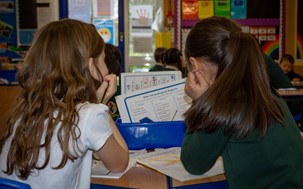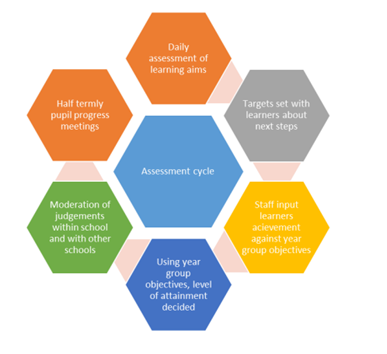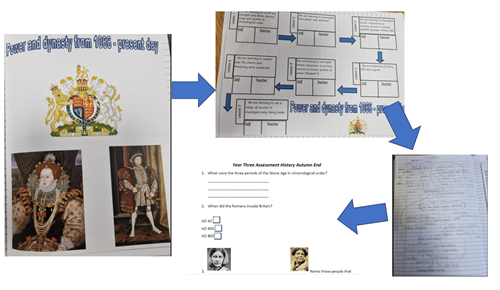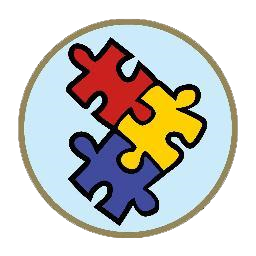Assessment


Our Approach to Assessment
At Hollinswood Primary and Nursery School, we believe:
- Assessment is an integral part of quality first teaching. It helps us to identify learner’s strengths and next steps in their learning
- Assessment should support every child in making at least expected progress
- For assessment to be robust, staff must have training as well as time to discuss progress and moderate judgements on a regular basis
- Assessment should support Leaders in identifying issues within school and should improve teaching and learning across school over time
Our method for assessment

We follow a termly assessment cycle, which details all the assessment activities for core and foundation subjects.
Assessment in the core subjects
 |
 |
 |
Core Subject Assessments are recorded and analysed termly. Intervention is in place for pupils who are not on track to achieve the expected standard.
Assessment in the foundation subjects
In all foundation subjects, teachers share the learning journey with the children at the start of a new unit of learning. They give opportunities for retrieval of previous knowledge and concepts to create a knowledge harvest with the children. Teachers also share a Big question with the children and children aim to answer this using all the knowledge they have been taught throughout the unit of work.
At Hollinswood, we assess the children's knowledge and skills through a combination of ongoing formative assessments made by class teachers in lessons. Teachers use this alongside end of unit assessment tests, proof of progress assessments and children's ability to answer the Big Question at the end of the learning journey to assess if children are working within ager related expectations. The assessment model we have chosen for each subject is outlined below.

These are a few examples of assessment opportunities...

Assessment information is fed into end of unit subject leader evaluations which is carried out at the end of every half term. These assessments are then collated by the subject leader so they can write an annual report for their subject. At each stage of assessment, staff will identify pupils who exceed in the subject or have gaps in their learning and provision will be put in place to challenge and support them. In the annual report, subject leaders will be able to identify strengths and weaknesses in their subject and take action to address these findings.

Formative and Summative Assessment
In order for teachers to gain a range of evidence, they use a variety of formative and summative assessment strategies. Formative assessment is key to our understanding of a pupil’s abilities as it is based upon a complete picture of a learner.
Formative assessment is about assessment for learning; this is collated from a child’s performance in class, both verbal and written, in a range of subjects. The important thing is that it gives feedback to pupils so that they can move forward in their learning. This feedback is provided through verbal feedback from teachers as well as written comments and tasks in books. A teacher’s assessment of a pupil is largely based upon this formative assessment as it produces a rounded and full picture of a pupil’s performance.
Summative Assessments are given at key times within a year to determine at a particular point in time what students know and do not know. These include such things as spelling and formal tests. These tests help to demonstrate to a teacher if a child understands a subject, but staff are very conscious that they are only a snapshot of understanding, taken at a moment in time. Staff are also aware that some children respond well in test situations whilst others do not; other factors, such as illness or upset, may affect how a child performs and therefore these types of assessments are planned for carefully. For example, an assessment may be delivered in a small group rather than in a large class situation, or a child may need a reader to help them understand a task or question. Summative assessment serves to support a staff’s formative assessment; it is only a small part of the bigger picture.
